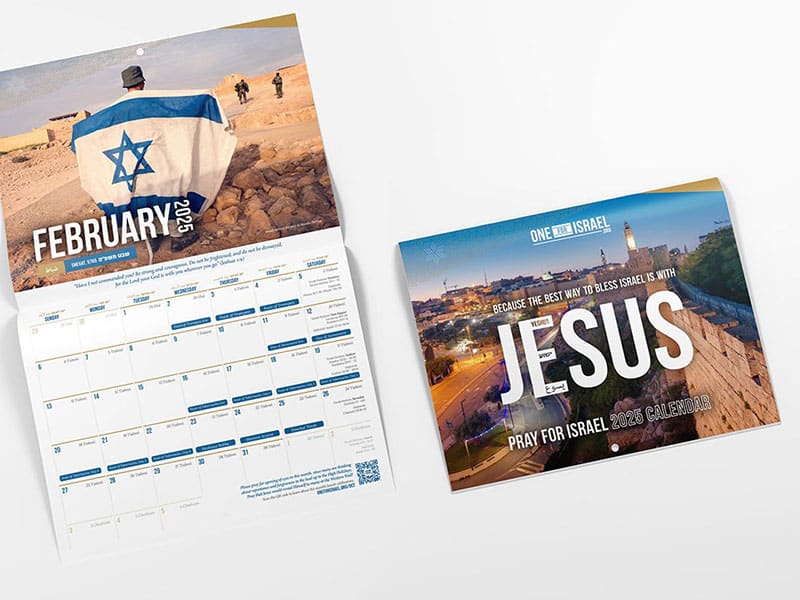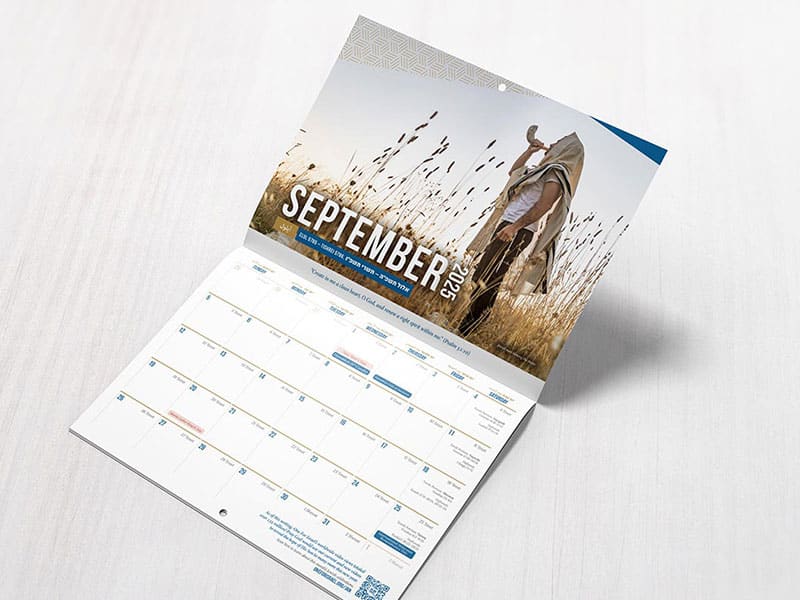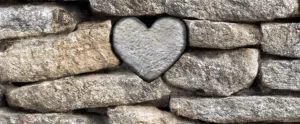Ten plagues were inflicted on Pharaoh’s Egypt before he agreed to let God’s people go. The first nine, as dramatic as they were, must have felt like failures to the people of Israel. They were miraculous, yes, but did they work? As far as the Hebrews were concerned, they were still stuck in slavery. With each plague, hopes must have been raised and dashed as Pharaoh kept saying no. We who know the end of the story can easily forget that it ends well — at least for the Israelites, and for the “mixed multitudes” of Egyptians who came out with them.
Why did God take so long to succeed? Why did the first nine fail? Was He lacking in power? Was His arm too short? No. God’s purpose in the plagues was manifold.
God was not just setting the people Israel free into their destiny: He was also sending a message to Egypt. He was declaring truths for their sake and ours: for all who read the Exodus account from that day onwards. It wasn’t just the Egyptians who saw the reality of God’s mighty power, but all the nations around heard about what happened. Indeed, Rahab testified that all of Jericho heard the reports and understood a thing or two about the God of Israel. These plagues, though severe and punishing, would lead many to the one true God.
What was God saying through the ten plagues?
God was taking on the false Egyptian deities, demonstrating His sovereignty and supremacy over all creation. It is His. What were these gods? We learn from Scripture that man-made idols have no power in themselves, but trusting in them for help and protection is in fact the worship of demons (see Deuteronomy 32:17 and Revelation 9:20 for example). There are demonic entities behind every idol.
Let’s look at the ten plagues, and the Egyptian god that was roundly defeated by each one.
1. The water turning to blood
There were two revered Egyptian gods that were slammed down when Moses struck the Nile. The god Khnum, supposedly the guardian of the river’s source, was clearly off duty that day, or at least no match for the God of Israel. Hapi, the god of the annual flooding of the Nile was also unable to resist the plague.
Hapi was seen as the personification of the Nile, and the most important fertility god. According to Encyclopedia Britannica, Hapi was represented as “a fat man with swelling, pendulous breasts (as an indication of prosperity), dressed in a belt suitable to a marsh dweller or servant.” But as self-satisfied as that image might have been, the demon behind that idol wouldn’t have been very happy after God’s flex proved his impotence.
Khnum, on the other hand, was represented with a ram’s head, with horizontal twisting horns. This god was worshiped as a creator by the Egyptians, who believed that he created man from clay like a potter. He was also known as the lord of the surrounding First Cataract of the Nile River, the guardian of its source in the south.
God was proving first and foremost that their source of life, the Nile River, was under His command. He was also taking on the imposter creator god, Khnum. The God of Israel was letting everyone know that He alone was Lord of creation and life.
2. Frogs
 By bringing an uncontrollable plague of frogs, the God of Israel was delivering a direct strike against the Egyptian god Heqet. Representing regeneration, rebirth, and fertility, Heqet was depicted as a frog-headed woman. However, this supposedly almighty frog-god could do nothing to stop the sudden invasion of frogs, and was proved to be powerless in the face of Yahweh.
By bringing an uncontrollable plague of frogs, the God of Israel was delivering a direct strike against the Egyptian god Heqet. Representing regeneration, rebirth, and fertility, Heqet was depicted as a frog-headed woman. However, this supposedly almighty frog-god could do nothing to stop the sudden invasion of frogs, and was proved to be powerless in the face of Yahweh.
3. Lice
Geb (also known as Seb or Keb) was considered a god of the earth, often portrayed as a goose or as a man stretched out in the dust of the earth. While earth deities in other cultures are usually considered female, Geb was male and bisexual, yet able to produce eggs, representing fertility. The earth itself was seen as his house and earthquakes were thought to be his laughter. But when God showed His sovereignty over the earth and all that was in it by bringing a plague of lice, there was no more laughing. The Egyptian earth god Geb was silenced. Moses struck the dust of the earth with his rod bringing the plague of lice by the finger of God.
4. Flies
 Shu, the god of air and supporter of the sky was next up for humiliation. Shu was often depicted in human form with an ostrich feather on his head, the hieroglyphic for his name. However, the air was totally commandeered by the God of Israel and his army of flies in the third plague.
Shu, the god of air and supporter of the sky was next up for humiliation. Shu was often depicted in human form with an ostrich feather on his head, the hieroglyphic for his name. However, the air was totally commandeered by the God of Israel and his army of flies in the third plague.
In museums around the world you can see many ancient Egyptian amulets in the shape of flies, which were considered protective against harm. Taylor Woodcock from the University of Toronto explains that these “so-called ‘homopoeic amulets’ were magical objects that relied on the image of a creature (or their parts) to protect or empower the wearer.” She adds, “Wearing a fly amulet was probably believed to protect the wearer from insect bites or ward off pesky flying creatures through apotropaic magic.”1
Not only was God making a mockery of their magic, but the image of the fly was also adopted a symbol of military prowess, and has been found in the tombs of warriors. Fly amulets were given as awards for success in battle. But now the Egyptians were beginning to get a taste of how much mightier the God of Israel was than all the armies of Egypt when He released swarms of flies they could do nothing about.
5. Livestock pestilence
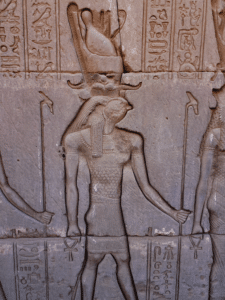 Hathor was the Egyptian goddess of fertility, women, love, and the sky. The deity would usually be portrayed as a cow, a very important animal in the ancient world that could only be found in fertile areas where water was plentiful. Other gods were also made in the image of livestock, such as Amon who was portrayed as a ram, and Mnevis as a black bull. Hapi, also known as Apis, was also represented as a sacred bull, and Khnum often given a ram’s head. It goes without saying that livestock in the ancient world were extremely important.
Hathor was the Egyptian goddess of fertility, women, love, and the sky. The deity would usually be portrayed as a cow, a very important animal in the ancient world that could only be found in fertile areas where water was plentiful. Other gods were also made in the image of livestock, such as Amon who was portrayed as a ram, and Mnevis as a black bull. Hapi, also known as Apis, was also represented as a sacred bull, and Khnum often given a ram’s head. It goes without saying that livestock in the ancient world were extremely important.
By striking Egypt’s livestock in the fourth plague, it was clear that the God of Israel could deprive Egypt of one of the main sources of life in a direct assault on their gods.
6. Boils
Next God proved His authority to affect not just the natural world around them, but their very lives. With the plague of boils, God showed His power to wound and to heal in a direct affront to the Egyptian gods of healing, such as Sekhmet and Isis.
Ancient Egyptians believed the goddess Isis could perform magic and heal the sick, but this was clearly beyond her scope. The Rosicrucian Egyptian Museum describes Egyptian god Sekhmet as “a terrifying goddess”, who could avert plague and cure disease for those she considered friends. “She was the patron of physicians and healers,” and apparently “ancient Egyptians believed that Sekhmet had a cure for every problem.”2 Not this one I guess.
7. Hail
 By pelting the land of Egypt with a plague of catastrophic hail, God was assaulting the Egyptian gods of the atmosphere and weather, as well as the earth and all it contains. As this plague beat down on the land, the Egyptian sky goddess Nut, and storm god Seth, supposedly associated with strange and frightening events such as eclipses, thunderstorms, and earthquakes along with Shu, god of the air, couldn’t lift a finger to prevent the disaster.
By pelting the land of Egypt with a plague of catastrophic hail, God was assaulting the Egyptian gods of the atmosphere and weather, as well as the earth and all it contains. As this plague beat down on the land, the Egyptian sky goddess Nut, and storm god Seth, supposedly associated with strange and frightening events such as eclipses, thunderstorms, and earthquakes along with Shu, god of the air, couldn’t lift a finger to prevent the disaster.
8. Locusts
The seventh plague of locusts showed up the Egyptian god Bastet, a deity in the form of a cat who was supposed to be the protector of crops from rodents and vermin like locusts. Neither was Osiris god of agriculture, much help. Osiris was considered the ruler of death and life, and of sprouting vegetation, and legend had it that Osiris developed agriculture in Egypt. However, Osirius was a dead deity, being ruler of the dead, and this plague just went to show quite how dead and useless he was, along with Bastet.
9. Darkness
By bringing the plague of darkness, God demonstrated His sovereignty over Egypt’s most powerful gods. The sun god, Ra, had the head of a falcon and the body of a human. This deity was often considered to be the first king, ruling initially over humans and gods on earth and then later in the heavens, according to the British Museum.3 Ancient Egyptians thought Ra had power to control the sky and the weather, as well as life and death. There were also other sun gods such as Aton, depicted simply as a circular yellow sun with rays emitting from the disk that had human hands. Horus was another, portrayed as a falcon with his right eye as the sun or morning star, representing power and quintessence.
So much for their power. They all had to sit in silence and defeat, their hubris snuffed out with the sun they supposedly controlled.
10. Death of firstborn children.
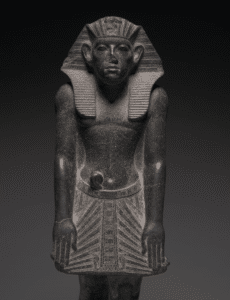 And last but not least was the direct repayment for Pharaoh’s genocidal massacre of Hebrew baby boys. This tenth plague was a direct strike against the Pharaoh himself and his line. Egyptian pharaohs were considered deities, and descendants of the gods, but none could withstand God’s destroying angel. In the book of the dead, the Pharaoh says “I am decreed to be the Heir, the Lord of the Earth of Geb. I have union with women. Geb hath refreshed me, and he hath caused me to ascend his throne.”4 But all who had foolishly put their faith in Pharaoh saw that their leader had no supernatural powers at all. The God of Israel proves once and for all that none of the gods of Egypt, no human pretenders or made up idols are able to resist His mighty power. He is the one true Lord of life, who holds the keys of death and hades.
And last but not least was the direct repayment for Pharaoh’s genocidal massacre of Hebrew baby boys. This tenth plague was a direct strike against the Pharaoh himself and his line. Egyptian pharaohs were considered deities, and descendants of the gods, but none could withstand God’s destroying angel. In the book of the dead, the Pharaoh says “I am decreed to be the Heir, the Lord of the Earth of Geb. I have union with women. Geb hath refreshed me, and he hath caused me to ascend his throne.”4 But all who had foolishly put their faith in Pharaoh saw that their leader had no supernatural powers at all. The God of Israel proves once and for all that none of the gods of Egypt, no human pretenders or made up idols are able to resist His mighty power. He is the one true Lord of life, who holds the keys of death and hades.
And the Lord said to Moses, “When you go back to Egypt, see that you do before Pharaoh all the miracles that I have put in your power. But I will harden his heart, so that he will not let the people go. Then you shall say to Pharaoh, ‘Thus says the Lord, Israel is my firstborn son, and I say to you, “Let my son go that he may serve me.” If you refuse to let him go, behold, I will kill your firstborn son.’” (Exodus 4:21-23)
And so God did exactly as He said. Fear of God keeps us safe, whereas foolish presumption based on doubting God’s word puts us in severe danger. Pharaoh lost his beloved firstborn son, and his armies were drowned in the sea, just as he had drowned Israel’s sons. God is not mocked.
Note then the kindness and the severity of God: severity toward those who have fallen, but God’s kindness to you, provided you continue in his kindness. Otherwise you too will be cut off. (Romans 11:22)
How to avoid idolatry
So it was that God swept in, destroyed Egypt’s precious idols one by one, and proved Himself to be Lord of All — the Supreme Champion. Israel’s beloved rescuer. He is King of kings and Lord of Lords, and there is no other god but Him. A multitude of Egyptians were convinced and came out with Israel. God’s purpose was love: love for Israel, His firstborn son, love for the Egyptians who were lost in their idolatry, and love for all the nations who would be saved by the Messiah coming through the family line.
God led His people into the desert and took the nation into a new covenant with Himself, like a marriage. At Mount Sinai, the ten plagues were left behind and now Ten Commandments were put in place. How did God’s instructions for life begin?
“I am the Lord your God, who brought you out of the land of Egypt, out of the house of slavery.
“You shall have no other gods before me.
“You shall not make for yourself a carved image, or any likeness of anything that is in heaven above, or that is in the earth beneath, or that is in the water under the earth. You shall not bow down to them or serve them, for I the Lord your God am a jealous God, visiting the iniquity of the fathers on the children to the third and the fourth generation of those who hate me, but showing steadfast love to thousands of those who love me and keep my commandments. (Exodus 20:2-6)
Ten represents God’s laws and judgements, His order and plan. God wants to love and bless us, but our sin will inevitably come back on us if we fall into idolatry. We must worship Him alone.
As you might remember it was even while these laws were being given that Israel immediately fell into idolatry of the worst kind by making the golden calf. God took Israel out of Egypt, but getting Egypt out of Israel would be more difficult. Deliverance comes from God, but obedience comes from us. God can do His part, but will we do ours?
The Egyptians later would abandon their system of gods and pharaonic worship in favor of the moon god of Saudi Arabia. Even without an image or statue, idolatry still grips the nation, but God has not finished with them yet. There is more to come for both Egypt and for Israel, and indeed for all the nations of the world.
Although we might not have statues like the ancient Egyptians, we can still slip into idolatry, even as God’s people did in the Bible. A good warning signal is complaining, much as the Israelites moaned their way through the desert. Complaining reveals a heart focused on something other than God. Let God highlight any area where we have let something else take His place. Try the action of physically bowing before God as you worship Him today. He deserves all our worship and honor. When we finally see Him face to face, I’m sure we’ll all hit the floor just as they did in the Bible. He is the only true God, almighty yet loving. He sacrificed His own Son to rescue us from the slavery of sin. He is worthy of all we have.
- nilescribes.org/2021/02/28/fly-symbolism-ancient-egypt
- egyptianmuseum.org/deities-sekhmet
- britishmuseum.org/learn/
- ancientegyptonline.co.uk/geb








